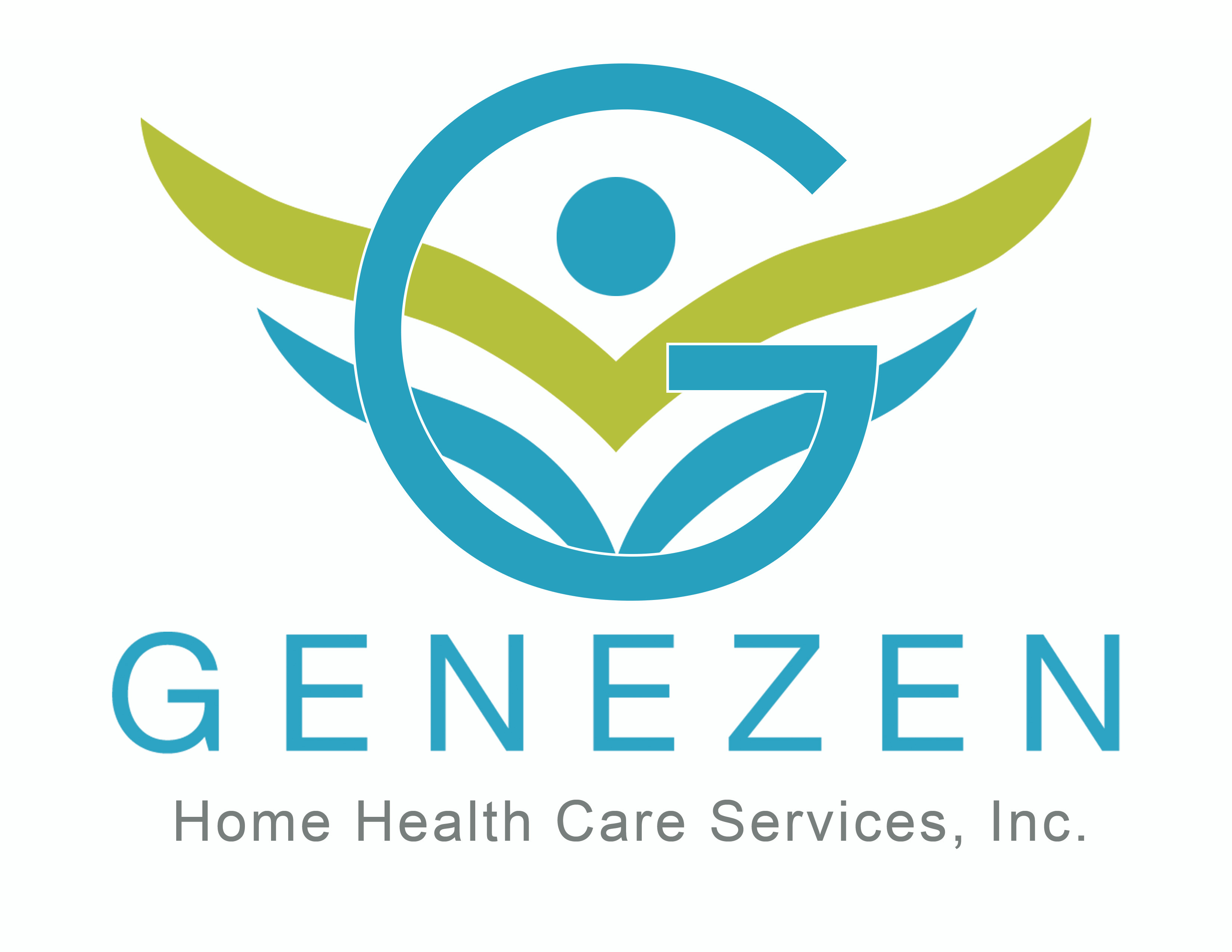Swallowing disorders, also known as dysphagia, refer to difficulties in the process of swallowing food, liquids, or even saliva. This condition can range from mild discomfort to a complete inability to swallow, affecting individuals of all ages. Dysphagia can result from various factors such as neurological conditions (stroke, Parkinson’s disease), structural abnormalities, or injury to the mouth, throat, or esophagus. It is often accompanied by symptoms like coughing, choking, or a sensation of food sticking in the throat.
Swallowing disorders can lead to severe complications, including malnutrition, dehydration, and aspiration pneumonia, which occurs when food or liquid enters the lungs. It can also significantly impact a person’s quality of life, making eating and social interactions difficult. Early intervention through speech therapy, dietary adjustments, or medical treatments is essential to prevent these issues, improve safety during swallowing, and enhance overall well-being.
How Swallowing is Affected

Swallowing is a complex process that most of us rarely think about, but it can become a challenge when something goes wrong. Whether it’s struggling with a tough piece of food or having a drink “go down the wrong way,” we’ve all experienced some form of difficulty. However, for those with a swallowing disorder, these issues occur frequently and can be much more severe. Known as dysphagia, this condition affects one’s ability to swallow properly, causing significant discomfort and risk.
Swallowing involves three stages, and problems can arise in any one of them. From chewing to the actual movement of food down the throat, each phase is essential for smooth and safe swallowing. A person with dysphagia may experience issues in one or more of these stages, leading to a range of challenges that require careful attention and intervention.
1. Oral Phase:
The process begins in the mouth, where food is chewed and mixed with saliva to form a soft mass (bolus) for swallowing.
Problems in the oral phase may include:
- Weak tongue muscles make it hard to push food toward the throat.
- Poor saliva production leads to dry mouth and difficulty forming a bolus.
- Difficulty closing the lips, causing food or liquid to spill from the mouth.
2. Pharyngeal Phase:
This phase involves moving the bolus from the back of the mouth into the throat (pharynx) and triggering the swallowing reflex.
Issues in the pharyngeal phase may include:
- Weak throat muscles, causing incomplete swallowing.
- Delayed swallowing reflex, increasing the risk of choking.
- Poor closure of the airway, allowing food or liquid to enter the lungs (aspiration).
3. Esophageal Phase:
In this phase, the bolus passes from the throat into the esophagus and then into the stomach through muscle contractions (peristalsis).
Problems in the esophageal phase may include:
- GERD (Gastroesophageal Reflux Disease): Stomach acid backs up into the esophagus, causing irritation and narrowing.
- Esophageal strictures: Narrowing of the esophagus, making it difficult for food to pass.
- Achalasia: Failure of the esophageal muscles to relax, preventing food from entering the stomach.
Swallowing disorders can significantly impact daily life, making proper diagnosis and treatment essential for improving swallowing function and overall health.
Common Causes of Swallowing Disorders

Swallowing disorders can result from various medical conditions that affect the muscles and nerves involved in the swallowing process. Identifying the underlying cause is essential for effective treatment and management.
Common Causes:
- Stroke: A stroke can damage the brain areas that control swallowing, leading to muscle weakness and poor coordination.
- Parkinson’s Disease: This progressive neurological disorder causes muscle stiffness and tremors, making it difficult to control swallowing movements.
- ALS (Amyotrophic Lateral Sclerosis): ALS weakens the muscles involved in swallowing, causing difficulty in managing food and liquids.
- Head and Neck Cancers: Tumors, surgery, or radiation can affect the structure and function of the swallowing muscles.
- Aging-Related Muscle Weakness: Natural muscle decline with age can reduce the strength and coordination needed for swallowing.
- GERD (Gastroesophageal Reflux Disease): Stomach acid can irritate and damage the esophagus, causing difficulty in swallowing.
Signs and Symptoms to Watch For

Recognizing the signs of swallowing disorders early is crucial for timely diagnosis and effective management. Swallowing difficulties can lead to serious complications, including malnutrition and respiratory issues.
Common Signs and Symptoms:
- Difficulty swallowing: Feeling like food is stuck in the throat or having trouble moving it down. This can cause discomfort or pain and may lead to avoiding certain foods.
- Coughing or choking during meals: Food or liquid may enter the airway instead of the esophagus, increasing the risk of aspiration and respiratory complications.
- Drooling: Poor muscle control can make it difficult to swallow saliva, leading to drooling and an increased risk of choking.
- Hoarseness: Changes in voice tone or quality after eating may signal irritation or weakness in the throat muscles.
- Weight loss: Difficulty swallowing can lead to reduced food intake, malnutrition, and unintended weight loss.
- Recurring chest infections: Aspiration of food or liquids into the lungs can cause frequent respiratory infections, including pneumonia.
- Pain while swallowing (odynophagia): Sharp or burning pain in the throat or chest when swallowing can be a sign of muscle strain or esophageal damage.
- The feeling of food stuck in the chest: Food may get lodged in the esophagus, causing chest discomfort and difficulty completing a meal.
- Wet or gurgling voice after eating: Food or liquid residue in the throat can affect vocal cord function, leading to a wet-sounding voice.
- Heartburn or regurgitation: Stomach acid or undigested food coming back up the throat can cause discomfort and increase the risk of aspiration.
Care Strategies for Managing Swallowing Disorders

Effective management of swallowing disorders involves a combination of dietary changes, specialized exercises, medical treatments, and lifestyle adjustments. A tailored care plan can help improve swallowing function and prevent complications.
Dietary Modifications
- Texture-modified diets: Pureed or soft foods are easier to swallow and reduce the risk of choking.
- Thickened liquids: Thicker fluids move more slowly, giving better control during swallowing.
- Avoiding dry or crumbly foods: Foods like crackers or bread can cause choking and discomfort.
Swallowing Techniques and Exercises
- Chin tuck maneuver: Tucking the chin toward the chest while swallowing helps prevent food from entering the airway.
- Effortful swallow: Swallowing with extra force strengthens throat muscles.
- Mendelsohn maneuver: Holding the throat muscles in place during swallowing improves coordination.
Medical and Surgical Interventions
- Medication: Acid reflux treatments and muscle relaxants can ease swallowing difficulties.
- Esophageal dilation: Expanding a narrowed esophagus with a medical procedure improves food passage.
- Feeding tubes: Used in severe cases to ensure adequate nutrition when swallowing is unsafe.
Environmental and Lifestyle Adjustments
- Quiet, distraction-free mealtime: Helps focus on swallowing and reduces choking risk.
- Encouraging slow eating: Allows better muscle coordination and safer swallowing.
- Proper sitting posture: Sitting upright during meals helps prevent aspiration.
Home Care and Support
Providing proper home care and support is essential for managing swallowing disorders and improving overall quality of life. Caregivers play a key role in ensuring safety and comfort during meals.
Educating Caregivers
- Monitoring eating habits: Caregivers should observe eating patterns, chewing difficulties, and signs of discomfort.
- Identifying early signs of aspiration: Watch for coughing, choking, or breathing issues during or after meals to prevent complications.
Emotional and Psychological Support
- Addressing anxiety around eating: Creating a calm environment and offering reassurance can reduce stress and improve swallowing comfort.
- Encouraging social interaction during meals: Eating with others can make meals more enjoyable and reduce feelings of isolation.
Coordinating with Healthcare Providers
- Regular follow-ups with speech-language pathologists: Ongoing assessment helps track progress and adjust treatment strategies.
- Adjusting care plans as needed: Caregivers should work with healthcare providers to modify diets, exercises, and treatments as the patient’s condition changes.
How Can Speech Therapy Assist in Managing Swallowing Disorders?

Speech therapy plays a key role in helping people manage swallowing difficulties or dysphagia. By using specialized techniques, speech therapists work with individuals to improve their ability to swallow safely and comfortably, enhancing their overall quality of life. Through personalized care, they address both the physical and functional aspects of swallowing.
- Personalized Assessment: Speech therapists evaluate the specific cause and severity of swallowing issues, tailoring treatments to each person’s needs.
- Strengthening Exercises: They teach exercises to target the muscles involved in swallowing, helping to rebuild strength and coordination.
- Posture Adjustments: Simple changes in body position can significantly improve swallowing efficiency and safety.
- Diet Recommendations: Therapists guide patients on adjusting food textures and liquid consistencies (like purees or thickened liquids) to reduce the risk of choking.
- Safe Eating Techniques: Tips like taking smaller bites, chewing slowly, or drinking more water can make swallowing easier and safer.
- Adaptive Tools: Speech therapists may suggest special utensils or devices that help patients swallow more comfortably.
- Collaborative Care: Working closely with doctors, nutritionists, and other specialists, speech therapists create a holistic approach to manage swallowing issues effectively.
Final Thoughts on Effective Care Strategies for Swallowing Disorders in Adults
Managing swallowing disorders requires a comprehensive approach that includes dietary adjustments, specialized exercises, medical interventions, and lifestyle changes. Early diagnosis and a multidisciplinary care plan involving speech-language pathologists, occupational therapists, and healthcare providers can significantly improve swallowing function and overall well-being.
At Genezen Home Health Care Services, we provide expert care and personalized treatment plans to help individuals manage swallowing disorders effectively. Our experienced team works closely with patients and caregivers to ensure safe and comfortable eating experiences. Contact us at (949) 380-6930 to learn more about our services. If you or a loved one are struggling with swallowing disorders, consult a healthcare professional for a tailored care plan.


